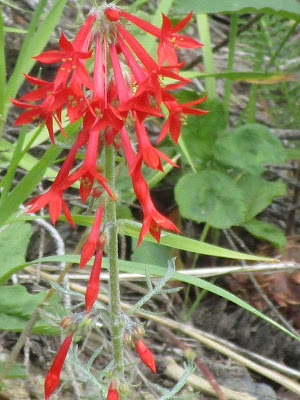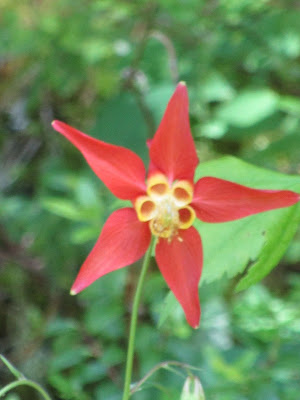Polynesian Cultural Center, Oahu, Hawaii
The color photograph featured on this postcard is credited to John Wagner. The unused card has the number #1576-H and a note: “The beautiful pageantry of Hawaii is viewed at the Polynesian Cultural Center” at the lower left on the reverse. The card was published by IMPACT “Life Like Photo Art.”
“The Polynesian Cultural Center (PCC) is a family-centered
cultural tourist attraction and living museum” found on the northern shore of
Oahu, Hawaii. There are 8 simulated tropical
villages representing the major Polynesian cultures of Hawaii, Samoa, Aotearoa
(present-day New Zealand), Fiji, Tahiti, Tona, and the Marquesas Islands, with performances
demonstrating the arts and crafts of Polynesian cultures. In addition to the villages there is a
special exhibit dedicated to Rapa Nui (Easter Island). About 70% of the 1,300 employees are students
at BYU-Hawaii. Students can work up to
20 hours per week during the school term and up to 40 hours a week during
breaks. PCC is a non-profit organization. Revenues generated are used for the daily
operations and to support education. Over
12,000 BYU-Hawaii students have benefited from financial assistance provided by
PCC. The PCC is owned by the Church of Jesus Christ of Latter-day Saints, and occupies 42 acres or 17 hectares of land belonging to nearby Brigham Young University.
The PCC is one of the most frequently visited tourist destinations in Hawaii and attracts about 700,000 visitors a year. Since 1963, when it opened, 32 million people have visited the center. Also available are rental canoes with or without a guide that can be paddled in the lagoon that runs through the park.
Evening lu'au performance
In the evening there is an extra option of attending a lu’au which offers traditional food and entertainment. The postcard below shows a portion of the evening entertainment program entitled: “This is Polynesia.” The card is published by Island Heritage with a photo by D. Busath.
For additional information, see:
https://en.wikipedia.org/wiki/Polynesian_Cultural_Center






























-2b.jpg)



















